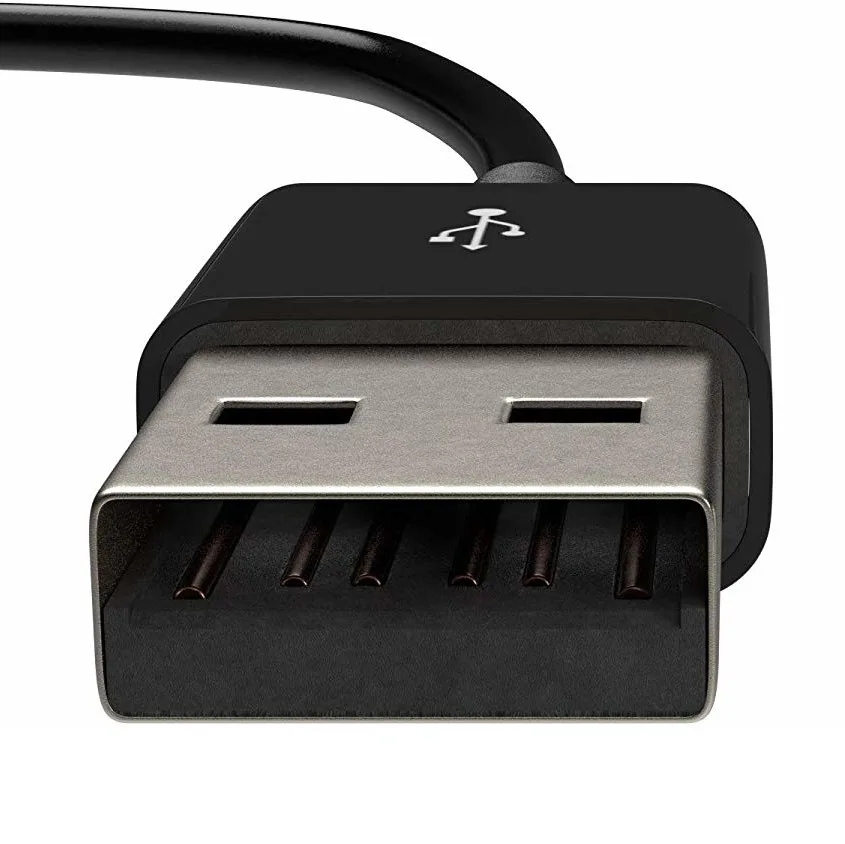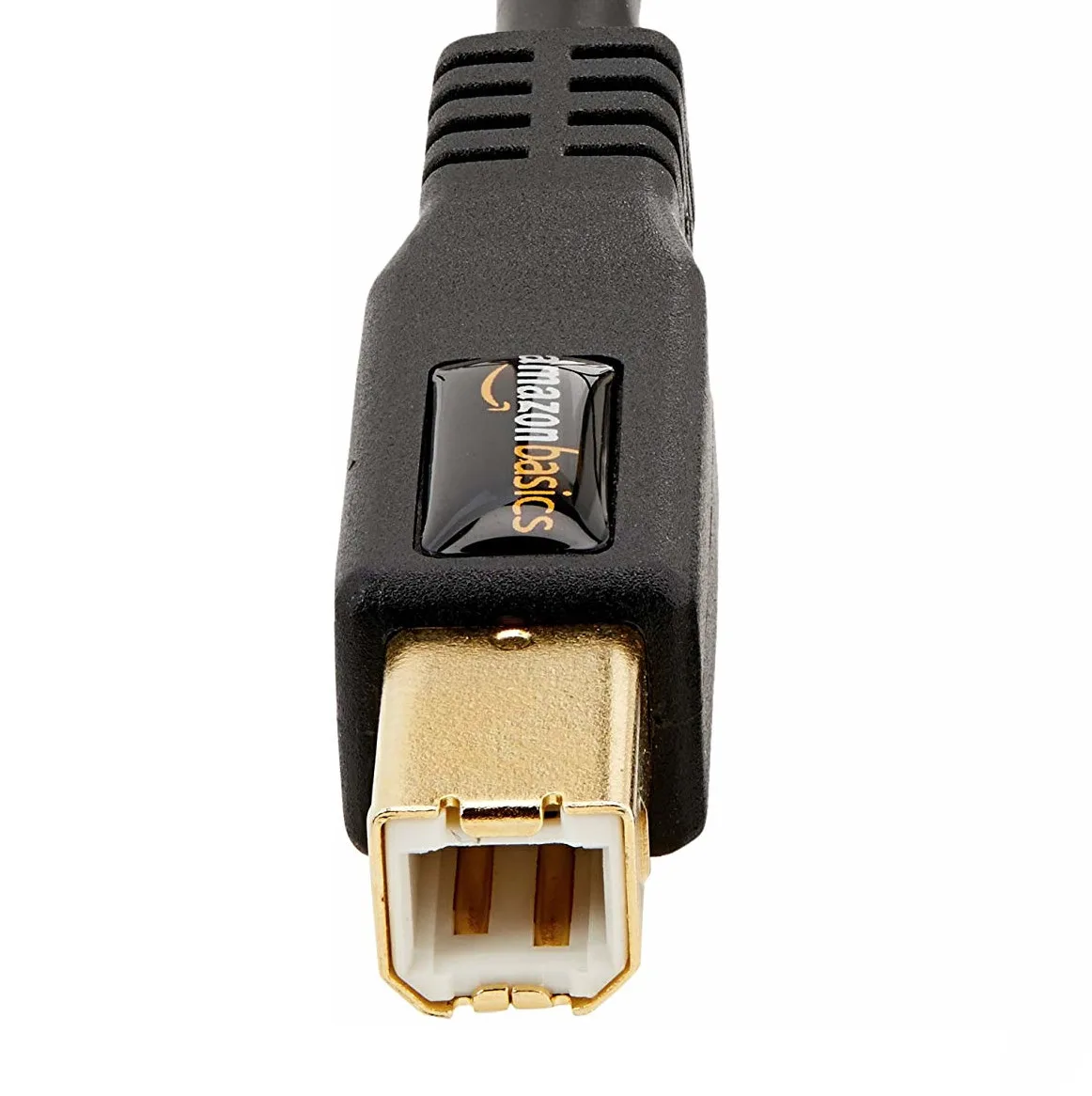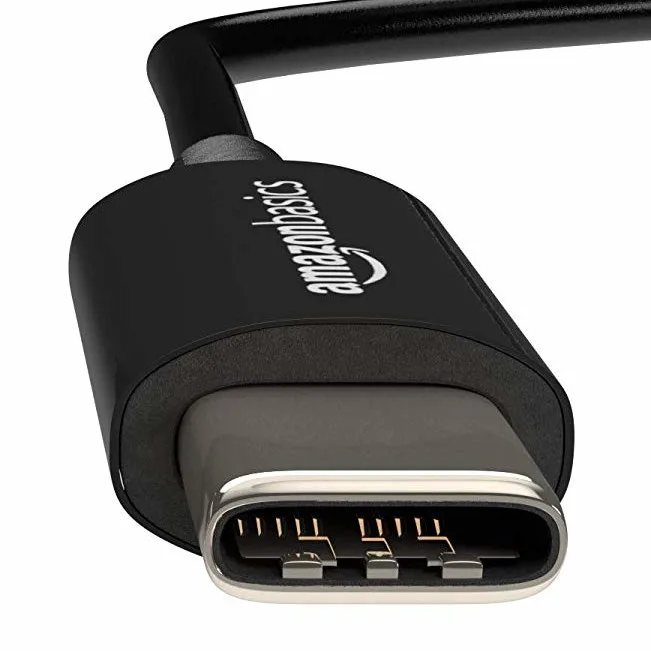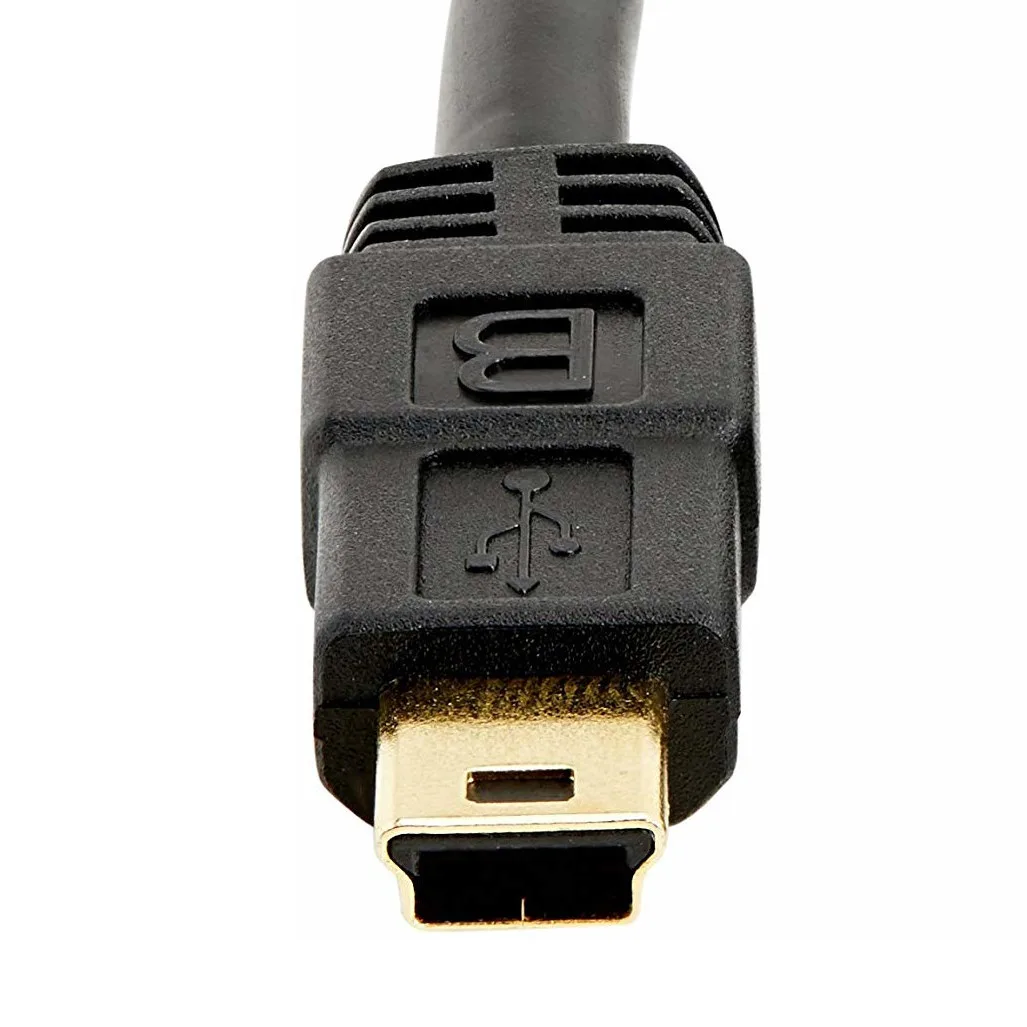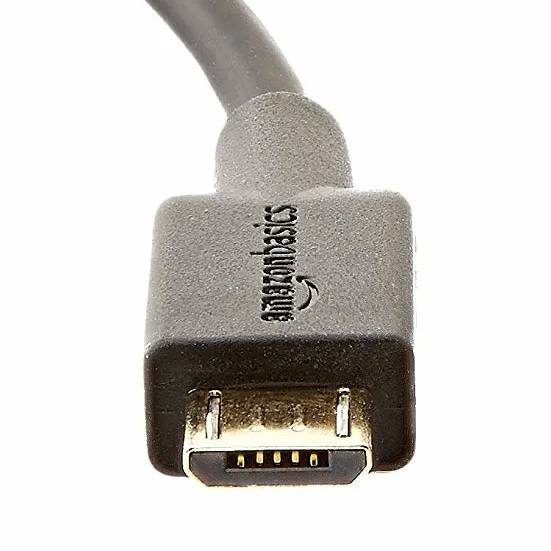Connection types
Most USB-C hubs provide a variety of connection ports for different types of devices. This may include USB-C, USB-A, Micro-USB, HDMI, DisplayPort and SD card slots for your memory cards. Work out the types of ports you need and make sure they are all included.
